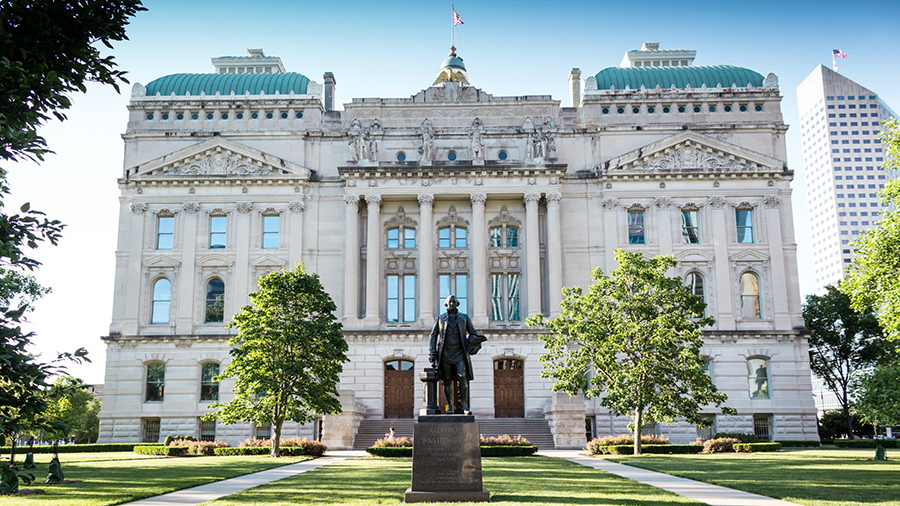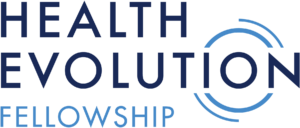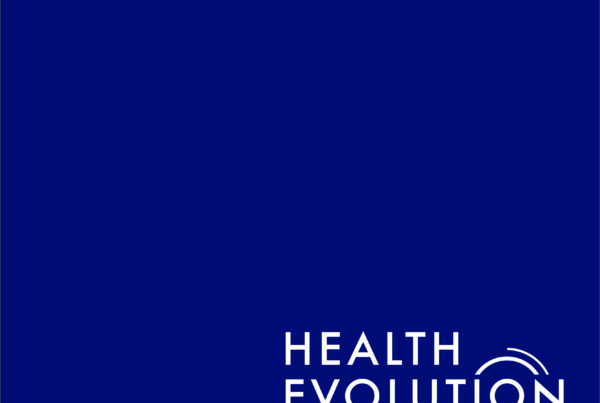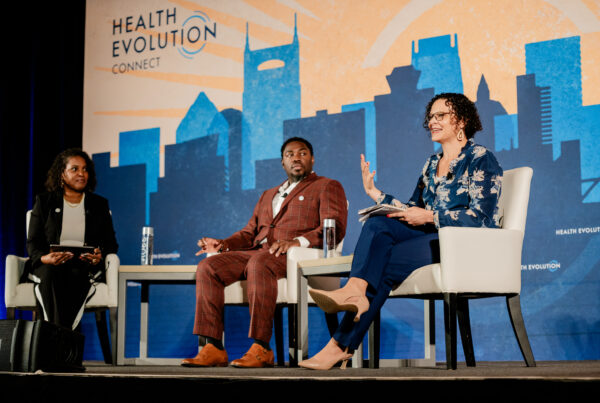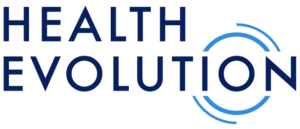American Health Care Cities is a recurring feature at Health Evolution examining the health care market in different cities and regions across the country. How does the health care industry vary across this country? How does it look the same? What are the opportunities and challenges in each city? We’ll be talking with key leaders in some of the most active health care cities in America to better understand if health care, as they say, is truly local.
Other cities covered:
City: Indianapolis, Indiana
Metro area population: 2.075 million
Health care economic benefit: “Central Indiana’s health care and life sciences sector has an $84 billion annual economic impact and directly employs more than 133,000 people and 331,000 workers indirectly.” Source: BioCrossroads
Interviewees: Patty Martin, President and CEO, BioCrossroads; Ryan Nagy, MD, President, IU Health; Brian Tabor, President, Indiana Hospital Association
It’s not surprising that a city nicknamed “Naptown,” located in the notoriously modest Midwest, would be a little under the radar when it comes to its health care industry.
“Indianapolis is not known for what we have here. We’re pretty humble. We’re Midwestern and we fly under the radar screen, literally. People fly over us. Most people that know Indianapolis just know the Indianapolis 500,” says Patty Martin, a former Eli Lilly executive and current President and CEO of BioCrossroads, an organization that serves health care and biotech companies in the region.
But Indianapolis has more to offer than watching cars going upwards of 200 mph in a circle. From a health care perspective, the city is the home to pharma giant Eli Lilly and the American operation of Roche Diagnostics. It’s also the base of operations for insurer Anthem, the largest medical school in the country, IU School of Medicine, and the acclaimed researcher Regenstrief Institute.
Beyond Indianapolis, the Hoosier State has three renowned research-based universities in Indiana University, Notre Dame and Purdue. The city also has Franciscan Health, which consists of a number of hospitals across Indiana. There’s also pharma companies Zimmer Biomet, headquartered in Warsaw, Catalent, which has a big location in Bloomington, and DePuy Synthes, the orthopedics company of Johnson & Johnson, also based in Warsaw.
“Indianapolis and Indiana in general surprise people. Every time we have a conversation with a company that’s coming here…we present what we have and to a person, they say, ‘I had no idea,’” Martin says. She says one of the major reasons health care companies come to Indianapolis is the logistics factor. The central location and the second largest FedEx hub make it easy for companies to operate efficiently, she notes.
Opportunities in collaboration
Indianapolis’ transformation is encapsulated by IU Health’s $1.6 billion project to develop a consolidated hospital that will combine its University and Methodist Hospitals in the city’s downtown area. Ryan Nagy, President of the IU Health adult academic health center (AAHC), says that the hospital will help take IU Health well into the 21st Century. The investment is part of IU Health’s effort to develop Indianapolis as a health care hub.
“By making this large of an investment in the location it’s going to be in, we’re trying to make Indianapolis an even better city. We don’t want it to just be a place where you live, work and play, but where the best companies in the world make an investment and know they have a world-class medical center that’s on par with the best that they can partner with,” Nagy says. “We want to help develop the metropolitan area, not just build a hospital.”
Starting with IU Health, collaboration is a primary reason why Indianapolis has thrived as a health care market, says Brian Tabor, President of the Indiana Hospital Association. “There’s a lot of collaboration here within Indianapolis and world-class resources. You have the largest medical school in the country, which drives a lot of research and brings so many talented people in the area,” says Tabor.
He has seen collaboration within the hospitals in his association. This mix of organizations ranging from academic medical centers to rural hospitals “operates like a health system themselves,” Tabor says. He also has seen it through the state’s health information exchange, and the partnerships between the state’s hospitals and the region’s life sciences sector, as well as with those entities and the Regenstrief Institute. “There are a lot of these assets that make it a special place when it comes to health care and innovation.”
Martin’s own BioCrossroads organization was founded out of a sense of collaboration. She says that in 2002 when it was formed, then-CEO of Eli Lilly Sidney Taurel recognized that there was an opportunity to grow the life sciences industry within Indiana through a central convener. “Back then, there was no central coordination. It was every company doing their own thing,” Martin says. “We have been around for 20 years, focused on convening the sector to bring forward collaborative innovation.”
There are four health systems all in play within Central Indiana and half-a-dozen independent hospitals that are very good in their own right. One thing that surprised me is the competitive nature of the region.
Ryan Nagy, MD, IU Health
A good example of this was during COVID. She says that Eli Lilly, Roche Diagnostics, public health entities and other organizations came together to identify different problems related to the pandemic and develop solutions. Another collaborative effort, Martin says, is the 16 Tech Innovation District, created to convene research institutions and industry stakeholders that are scattered throughout the state. “It’s not just a life sciences center, but tech more generally and it’s bringing the communities that surround the district together in a way that was not anticipated,” she says.
Challenges in workforce and health
Across Indianapolis and Indiana at large, health care organizations are facing the same challenges as the rest of the country. Quite simply, they’re having trouble finding talent.
“Workforce is the top challenge right now for CEOs. I don’t know I could start anywhere else at this moment in time than with workforce. All industries are challenged right now, and labor is scarce across the board but in health care, it’s a matter of life and death,” says Tabor. “Unfortunately, some of the areas that are most strained are emergency rooms, critical care units and areas that saw the most intense utilization and grimmest stories during COVID.”
He says that one positive on this front is the state’s health care leaders have had conversations and alignment with some of the largest providers of medical education, including the IU School of Medicine, to deal with this crisis. “We need to have a bold goal of how we’re going to create thousands of nursing jobs and add hundreds of more physicians by a certain date. We’re working on what those goals should be and how we reach them,” Tabor says.
One strategy to strengthen the region’s workforce is through the work of Anthem CEO Gail Boudreaux, Eli Lilly CEO David Ricks and IU Health CEO Dennis Murphy. This trio of leaders recognized that the region needed more genomics, data analytics and AI talent. As a result, Martin says BioCrossroads was awarded a grant from the Eli Lilly endowment to recruit and bring in these companies and workers to Indianapolis.
Nagy agrees that workforce is the one of the biggest obstacles Indiana health care organizations are facing. On the provider side, he also says that the health status of the state has a lot of room for improvement and addressing these health concerns is one of his biggest challenges.
“Indiana is one of the least healthy states in the union. There are high rates of smoking, obesity, maternal and infant mortality, and plenty of social determinants of health going in the wrong direction. So, anyone who is truly interested in bending the curve…these are the things we need to focus on,” Nagy says. “We launched a $100 million endowment fund a few years ago to partner with other organizations across the state with the intent of addressing the social and economic determinants of health.”
What should health care leaders know about Indianapolis?
For Nagy, it’s the competitive and collaborative nature of the region. “There are four health systems all in play within Central Indiana and half-a-dozen independent hospitals that are very good in their own right. One thing that surprised me is the competitive nature of the region. That being said, over the past two years with COVID, I can say those organizations worked together when it came to taking care of patients,” he says.
Tabor agrees that the collaboration within the city was very apparent during COVID. “There is a collaborative spirit that was on full display during the pandemic when it wasn’t just hospitals on our own. We were really rallying along with all of these other community resources and these other folks in the life sciences sector. We really saw that,” Tabor says.
Martin says the city’s differentiator is the variety and diversity of capabilities within Indianapolis and across the state. “The quality of the talent and the experiences you can have here is not what people would expect, along with the connectivity across the sector,” she notes, adding, “It’s also an incredibly easy city to live in and is much more accessible than people realize.”

